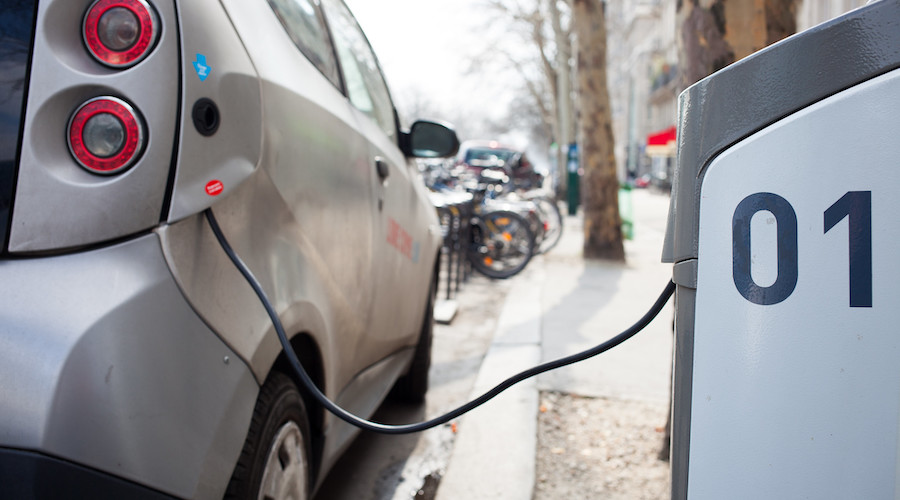German researchers develop record-breaking lithium metal cell

In detail, the scientists are using a low-cobalt, nickel-rich layered cathode (NCM88), which provides high energy density. The element, thus, substitutes the commonly used commercially available organic electrolyte (LP30), whose stability tends to be low.
The battery’s Coulomb efficiency, which indicates the ratio between the withdrawn and supplied capacity, averages 99.94%
“In the LP30 electrolyte, particle cracks occur on the cathode. The electrolyte reacts within these cracks and destroys the structure. In addition, a thick, moss-like lithium-containing layer forms on the anode,” Stefano Passerini, head of the battery electrochemistry research group at the HIU, said in a media statement. “Our researchers, therefore, used a non-volatile, non-flammable ionic liquid electrolyte with two anions (ILE) instead.”
According to Passerini and his team, the ILE allows for the structural changes in the nickel-rich cathode to be significantly reduced.
In their paper, the group reports that with the cathode NCM88 and the electrolyte ILE, the lithium metal battery achieves an energy density of 560-watt hours per kilogram (Wh / kg) – based on the total weight of the active materials. The device also has an initial storage capacity of 214 milliampere hours per gram (mAh / g) and 88%of the capacity is retained over 1,000 charging cycles.
At the same time, the Coulomb efficiency, which indicates the ratio between the withdrawn and supplied capacity, averages 99.94%.
“Since the presented battery is also characterized by a high level of safety, the researchers from Karlsruhe and Ulm have thus taken an important step on the way to carbon-neutral mobility,” the statement reads.




